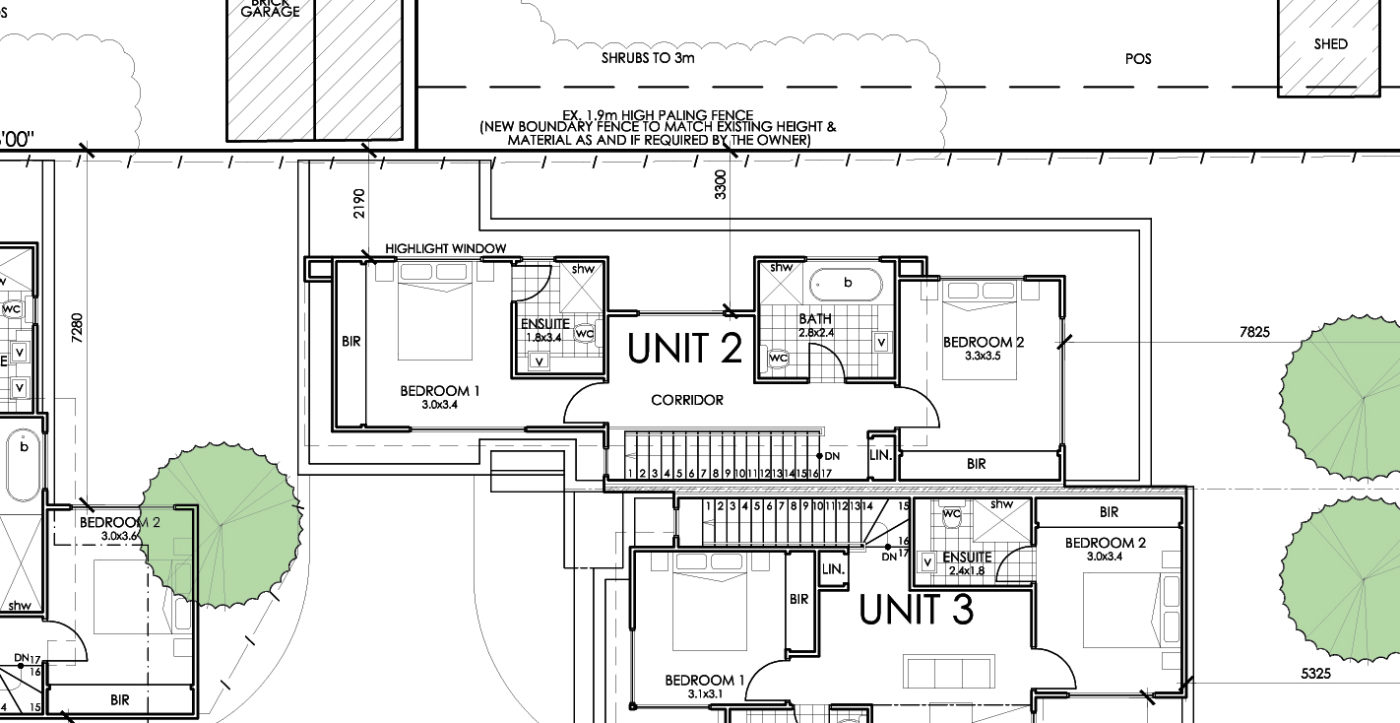
Where have all the studies gone?
There has been speculation and discussion about our #postcovid19 world, and what this means for our lifestyle, our economy and how we will engage as a community in our public spaces, following the pandemic. The question we’ve been asking ourselves is: how on earth are so many homes in Victoria so ill equipped for studying and working from home? Ask any Victorian architect or consultant planner and I’m willing to bet that they will know the answer.
Staying home is now the new normal for most of us (those of us lucky enough to be working and/or studying) and Stage 3 of the COVID-19 response has highlighted a failing in the residential planning system.
People have been told to work and study from home, but what if your home has been reverse engineered to eliminate studies and break out areas? The need for retreat spaces outside the bedroom and living areas is at an all-time high and yet, over the past decade, these spaces have been discouraged by the Victorian Planning System which has systematically prioritised parking spaces. The culprit is Clause 52.06 as implemented by VC90 which specifically asks for an extra car parking space for two bedroom houses ‘with studies or studios that are separate rooms counted as bedrooms.’
A two-bedroom dwelling needs only one parking space, yet two bedrooms and a study (with the study counted as a third bedroom) would require two car parking spaces, same as three or more bedrooms. Resulting in plans which show two bedrooms and a study being accused of sneaking in an extra bedroom without providing the necessary parking space. But it is much bigger than that, what has happened is a full assault on studies, retreats and any ambiguous area which the Council will say is a sneaky bedroom.
We would argue several factors have led to the decline of the home office/retreat. While modern design choices are the most obvious, aggressive intervention by the planning system is a major contributor. The approval process at Council or VCAT level – which is in part politically influenced by neighbouring objectors – is part of the problem.
Too often decision makers find themselves caught between a myopic planning scheme favouring parking spaces and a mob of campaigning neighbours determined to protect their patch. To appease the masses, the decision maker begins to chop, their eyes firmly set on the “unnecessary additions” – the retreat, the study or nook, the break-out spaces – all in an attempt reduce size and visual bulk while satisfying Clause 52.06.
As a result, far too many dwellings have been built without adequate spaces for studying or working from home. To our horror, the COVID-19 crisis has revealed images of people working from their garages or other less than adequate set-ups. A whole family cannot simultaneously use the kitchen table for work, school, university, and dining.
Studies and retreat areas are not an afterthought, they are thoughtful well considered spaces included by architects and designers who are experienced and trained in design of spaces. Professionals who have a clear agenda to consider and enhance the liveability and internal amenity of dwellings, as well as the mental health of occupants amongst other matters raised within a client’s brief.
The solution to this issue must come from planners. Decision makers should afford more trust and weight to the designs submitted by those who are experts in the field. Planners, in exercising their discretion, should give appropriate weight and consideration to the work done by architects and designers, as they do for other experts in the built environment such as arborists or traffic engineers. Planners do have discretion to wave parking requirements for the benefit of internal amenity. The internal amenity of a dwelling must be considered on balance and equal to the external amenity (which is also on the endangered list, but a topic for another essay).
The design of our homes has far reaching effects on our physical and mental health, as well as the health of our communities and environments. Encouraging the inclusion of studies and retreats within our dwellings will mean that residents can enjoy their homes more fully. It will mean that less pressure would be placed on public amenities such as libraries, freeing up these facilities for those who need them most. Moreover, if there is ever a situation like COVID-19 or other natural disasters (such as the recent devastating bushfires), our cities will be prepared to cope with staying indoors for longer periods of time.
What is needed is a review of Clause 52.06 to remove the requirement for studies to be read as bedrooms. Short of that, planners need to exercise their discretion and prioritise internal amenity so that our homes provide flexible spaces capable of being used as working and studying environments. It is futile to propose a new world order of working from home when an important cog in the system is impeding its realisation.

